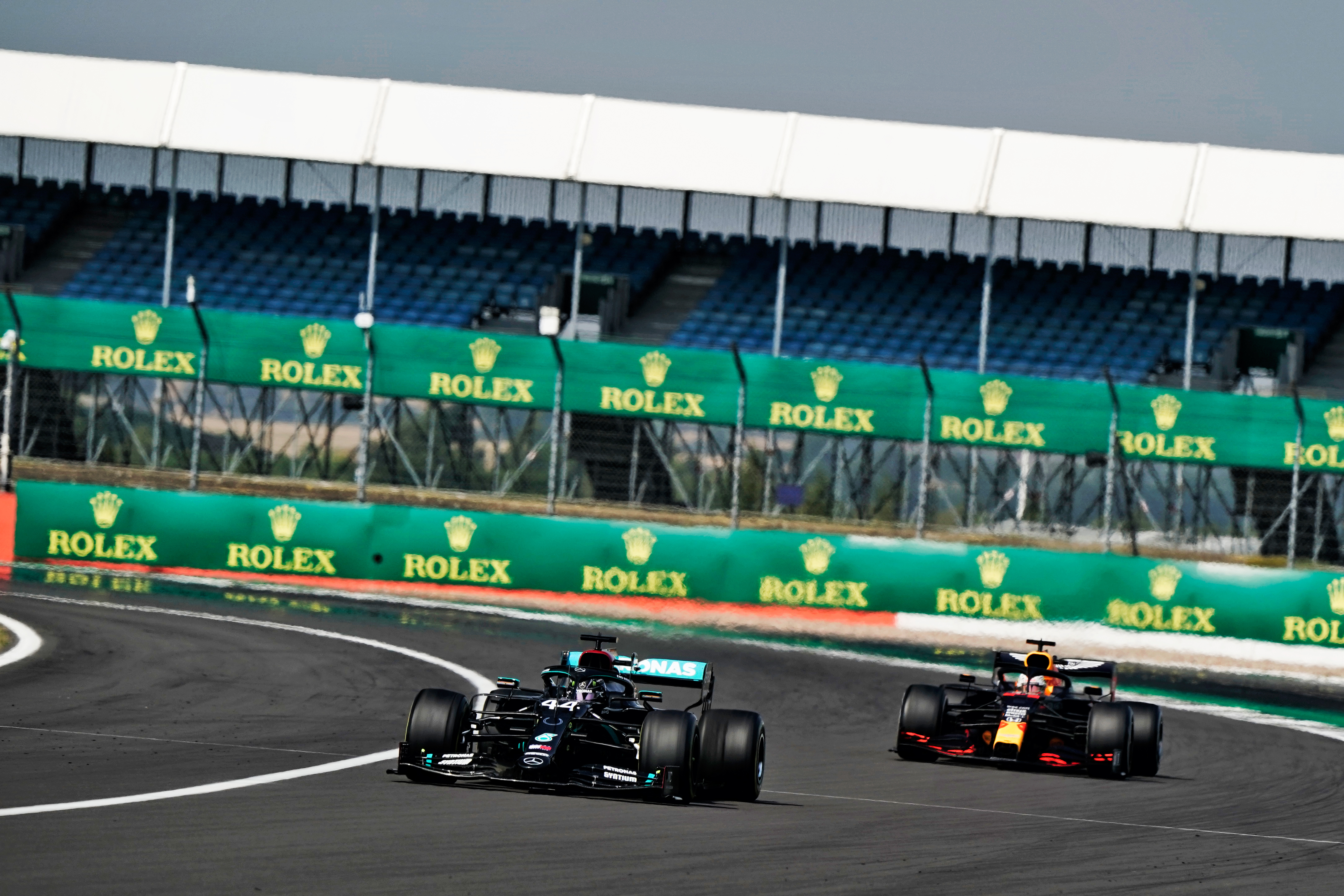Up Next

This was a very good race from start to end and the change of tyre compounds brought a completely new dynamic to race day at Silverstone. Some teams handled it well, some teams not so well – including the previously unbeatable Mercedes.
Max Verstappen was very keen on using the hard tyre in Q2 and managed to get away with it – getting into the top 10 for Q3. That was the commitment that took him to today’s win. That, together with some fairly shrewd pitwall strategy, meant Red Bull actually went out and broke the seemingly unbeatable Mercedes dominance.
The two Mercedes cars were really hard on tyres. They had blisters popping up well before anyone else, so that is a problem the team needs to address.
Tyres always hold onto the heat more when they are new, just because of the rubber thickness.
I’m pretty sure that is why the Mercedes pair blistered theirs early. Once worn a bit, they get rid of the heat faster so if you can get 10 laps on them then you are in a better situation.

The difference in the distance between Silverstone and Milton Keynes or Brackley is not much different, so in reality this is really a home race for both Red Bull and Mercedes. I’m pretty sure the party tonight in Milton Keynes will go onto the wee hours. In Brackley, it might just be meetings that burn the midnight oil.
What we need to remember is that both Mercedes cars suffered left front tyre failures just seven days ago and most of Pirelli’s reaction to that situation was generated because of its problems.
If you run the car with high downforce levels, as Mercedes did last weekend, it is to generate more tyre grip and that grip is only because you are loading the tyres more, which will mean you get more tyre wear and higher shoulder temperatures from tyre deflection.
This is why Pirelli increased the front tyre pressures by 2psi. This will balloon the tyre more, increase the load on the middle of the tyre and reduce the load on the shoulders but overall generate less grip.
Less downforce, as Mercedes ran this weekend, means the tyres will slide more, which will increase tyre surface temperature meaning they slide even more.
Doing that with the extra front pressures just escalates the problem and can very easily lead to blistering.
I would say that the Mercedes’ problems were because they pushed too hard too early – their medium tyres at the start of the race blistered and fell away very early, meaning that they had to pit on laps 13 and 14.

Then, having seen that Verstappen, who was on the hards, was not having any problems and motoring along merrily meant Mercedes didn’t ask its drivers to control their pace when they went to hards.
By the time the blisters came it was all to late to do anything about it.
As for Bottas saying the team was ‘asleep’, I would have to agree.
Around lap 20 Verstappen’s hard tyres, which he had been on since the start of the race, were actually as fast as if not faster than both Mercedes cars on their five or six lap old hard tyres.
To adjust your strategy you need to take into account what is happening to others, not just your cars.
What happened to Mercedes today will be a rude wake-up call.




